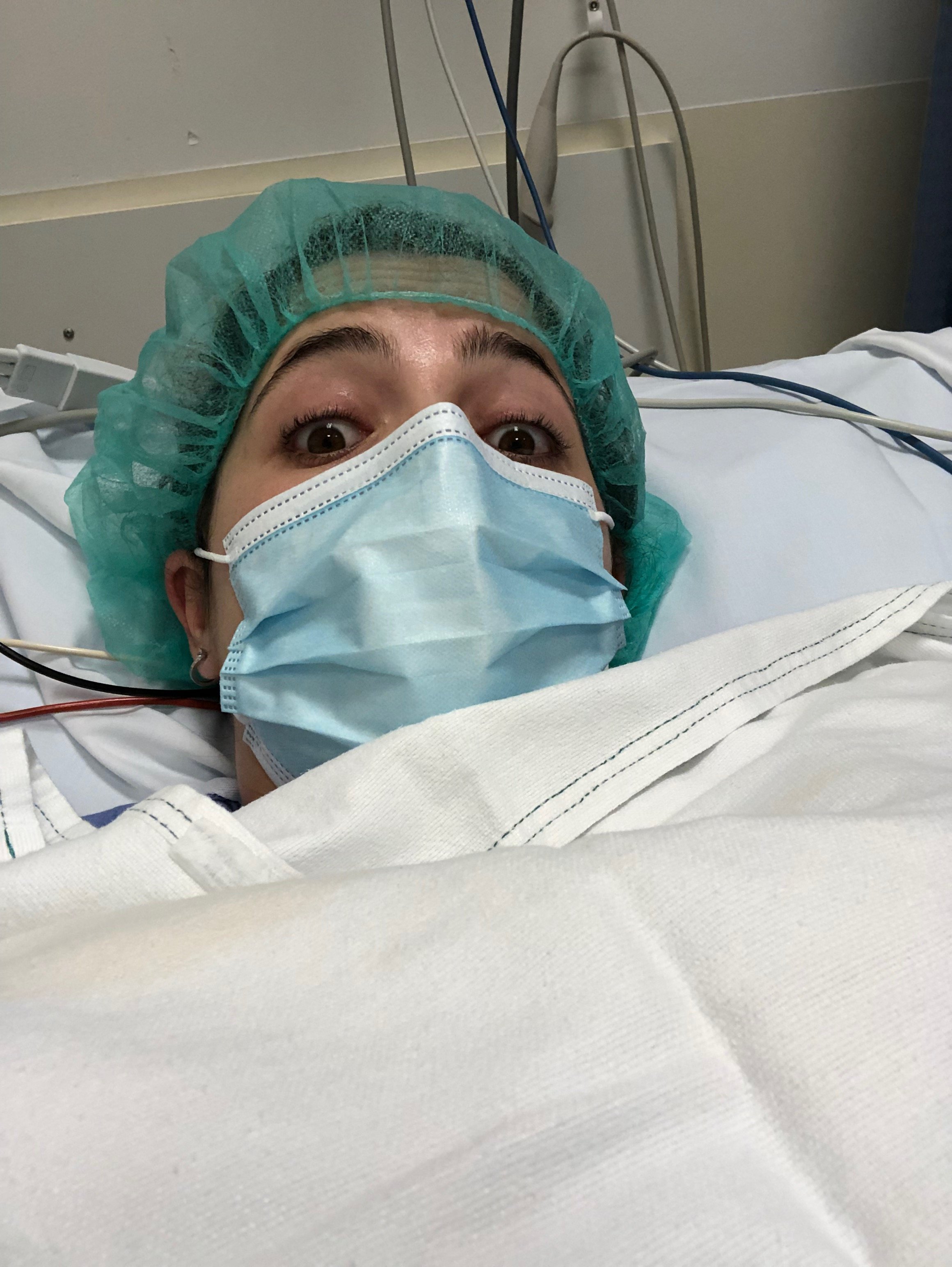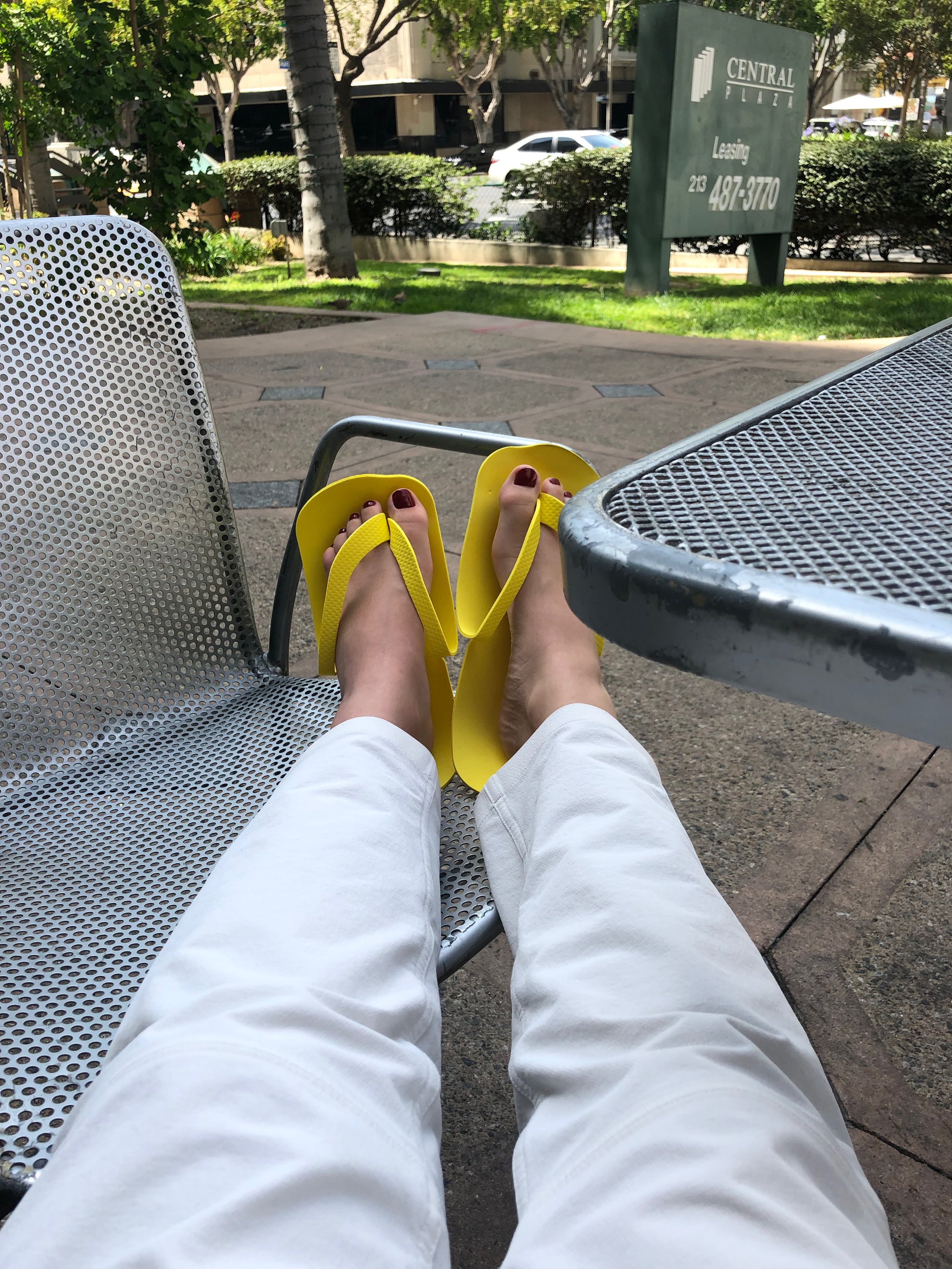After my diagnosis, getting an appointment with a physical therapist was my first priority. Every doctor told me PT was the most effective treatment against CRPS, and that the earlier we intervened, the less severe the syndrome would get.
Unfortunately, because CRPS is so rare, physical therapists with experience treating it are equally scarce. So when I was scrambling to get an appointment on the books, the only providers immediately available were under-qualified. At a time when my muscles had atrophied and I’d lost my ability to walk, I wanted a PT I could trust to get me back on my feet. Ultimately, it took me over a month to get an appointment with someone that was qualified, knowledgeable, and experienced with CRPS.
As I would find out over the next 8 months, this struggle to find experienced providers would be a continuing theme of my care. It was a painstakingly slow process to assemble a team of doctors in Los Angeles that I truly trusted.
One of the hardest parts of building my network of doctors was deciding what treatments were “worth it.” Obviously I needed a PT to learn how to walk again, and I needed a pain specialist to prescribe my medications. Occupational therapy came next (which was incredibly helpful). But after that, there are very few agreed upon protocols for treating CRPS. There are, however, plenty of less-established treatments with under-researched but promising efficacy rates. These include EMDR therapy, neurofeedback, biofeedback, lymphatic massages, red light therapy — the list goes on.
As the patient, it felt like I was thrust into the position of deciding what was best for me, without the knowledge to make an informed decision. My boyfriend would call me a quarterback without a playbook.
This struggle to find adequate care for myself only added to the feeling of isolation I was having. CRPS is an invisible disability — people can look at me and be completely oblivious to the battle I’m fighting. This includes friends, family, and even some doctors.
Navigating the world with CRPS was an entirely new challenge of its own. I had to start practicing activity pacing and avoid over-exerting myself. I needed to apply for a disabled parking placard and disability payments. I wasn’t able to drink because of my medication. Every time my friends invited me places, I had to ask if there were going to be seats available. Events like concerts — which were my favorite before the diagnosis — became impossible to attend because the sound vibrations and light effects were too stimulating for me (not to mention they always went too late).
Asking for all of these accommodations as a visibly healthy 24-year-old felt uncomfortable, no matter how justified they were. And I was doing all this while my doctors told me that my case was only moderate.
But the reality is that CRPS is a debilitating syndrome, and even moderate cases require serious accommodation, and a lot of sacrifice. I was offered a job three times since my diagnosis, and I obviously needed the money to afford my treatment, but I still had to decline because I knew my body couldn’t take the demands of the job.
In a lot of ways, my life has been on pause since my diagnosis, and I’m just waiting to hit play again.
After a few months of my standard treatment, my condition had only improved slightly. My doctors and I decided it was time to be more aggressive with my treatment. We began a series of three lumbar sympathetic nerve blocks over the course of three weeks in May. These offered me some relief, but it was so short-lived and the procedure was so taxing that we decided against doing any more.
Once nerve blocks have been tried, the recommended procedures only get more invasive. These include bisphosphonate infusions, ketamine drips, and surgically implanted spinal cord stimulators.
After carefully considering my options with my doctors and my family, we decided a series of three bisphosphonate infusions over the course of three months was the option we were the most comfortable with. I received them in July, August, and September 2022.
_______
I’m glad to report that I’m in a much better place today than I was at the start of my journey. My color changes, temperature changes, and swelling are all down (though they still fluctuate and flare). I’ve learned so much about my condition, how to accommodate myself, and how to advocate for myself. And I feel like I’ve received excellent care.
But I’m still on numerous pain meds, and I’m still in pain. And I’m reluctant to entertain getting any of the more invasive treatments. So, there are more decisions to make, and more blog posts to write. Thank you for reading, and I hope to see you back here again soon.
If you want to read more about my specific doctors, medications, and therapies, you can find a detailed breakdown under the “Resources” tab up above (coming soon).
























